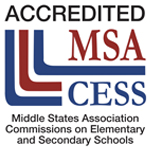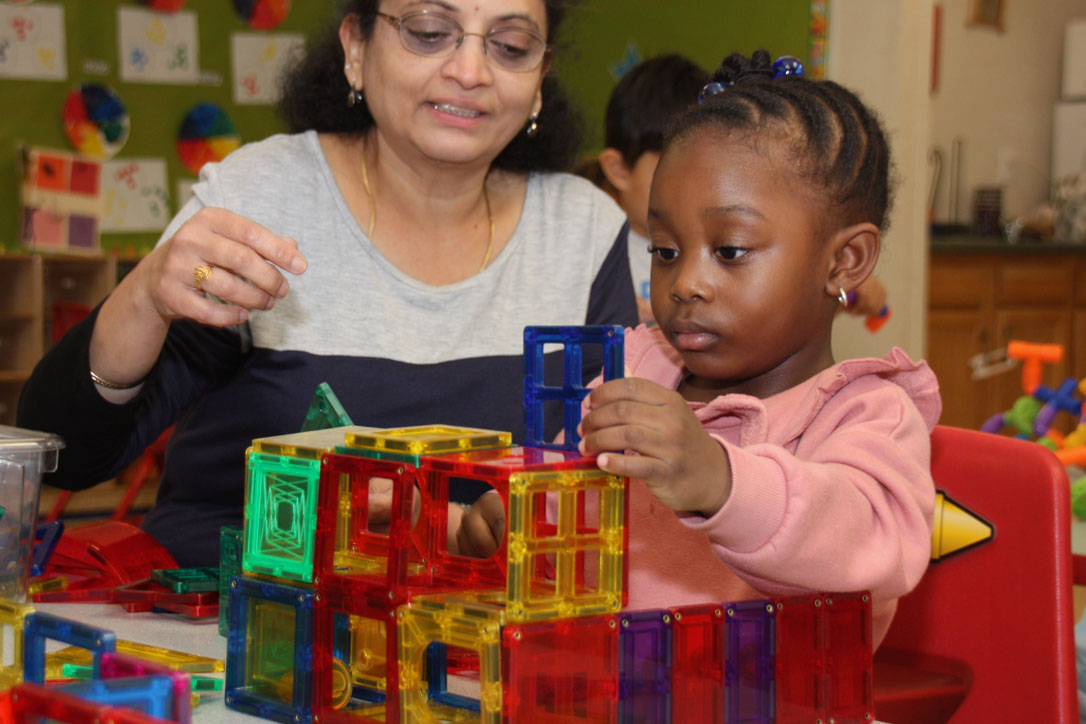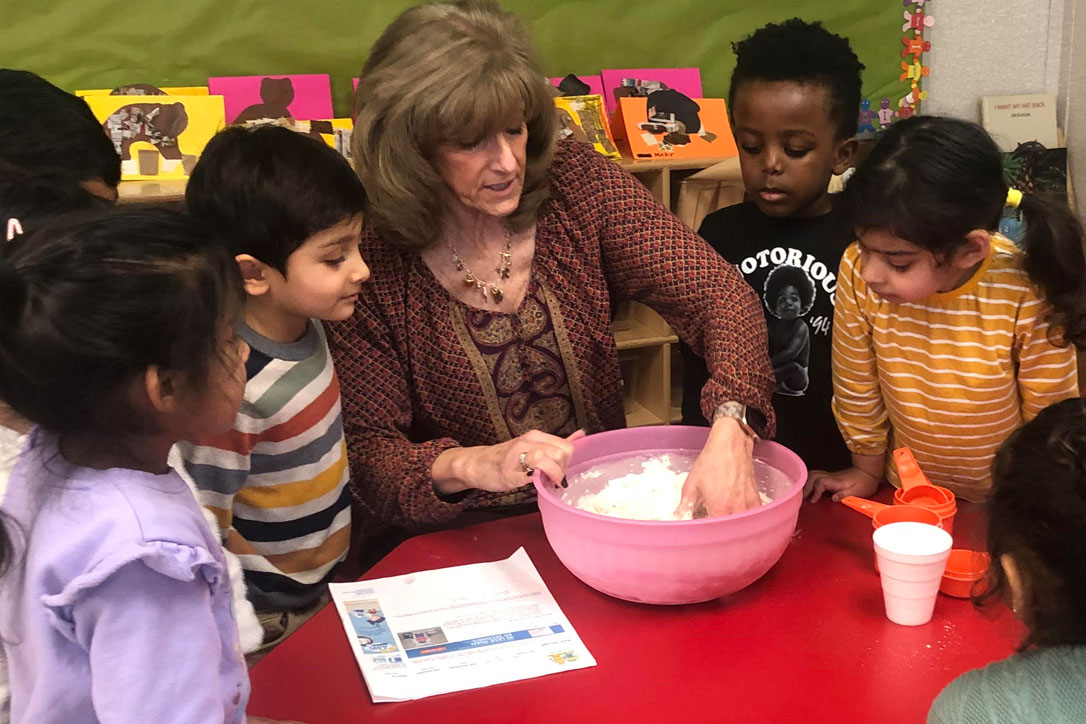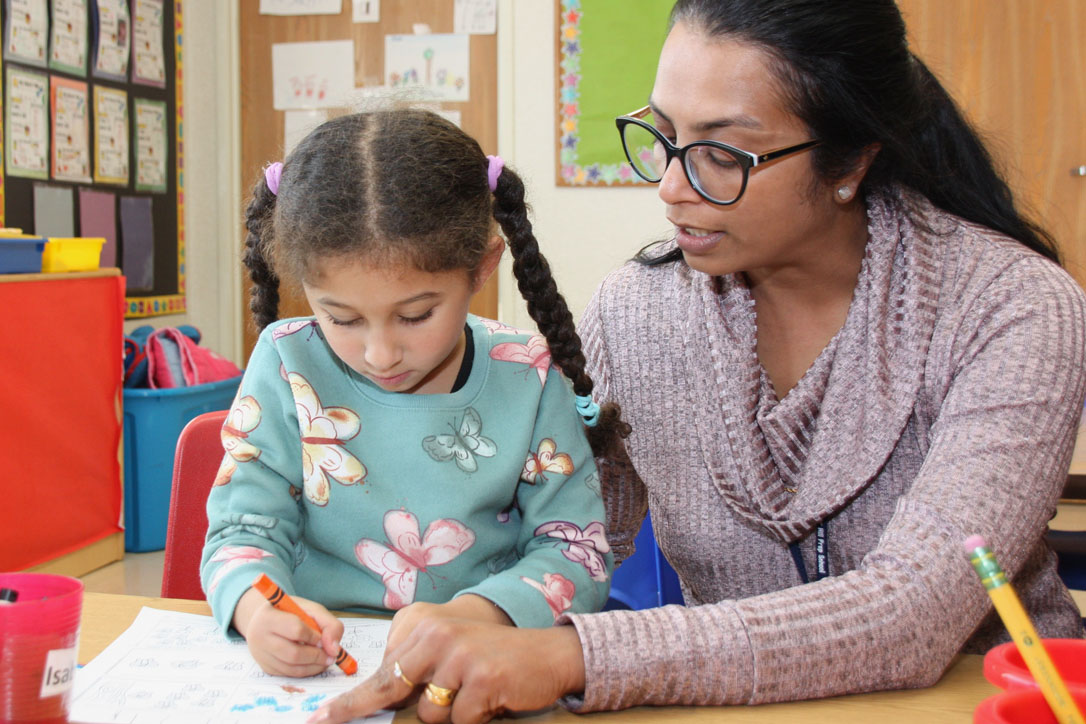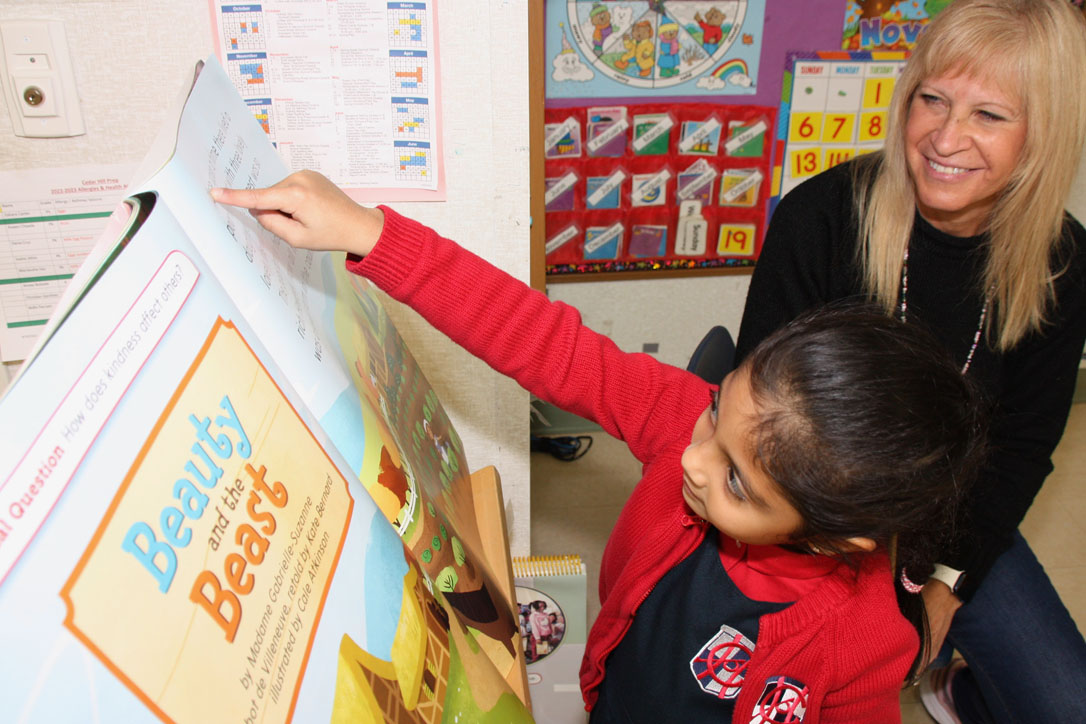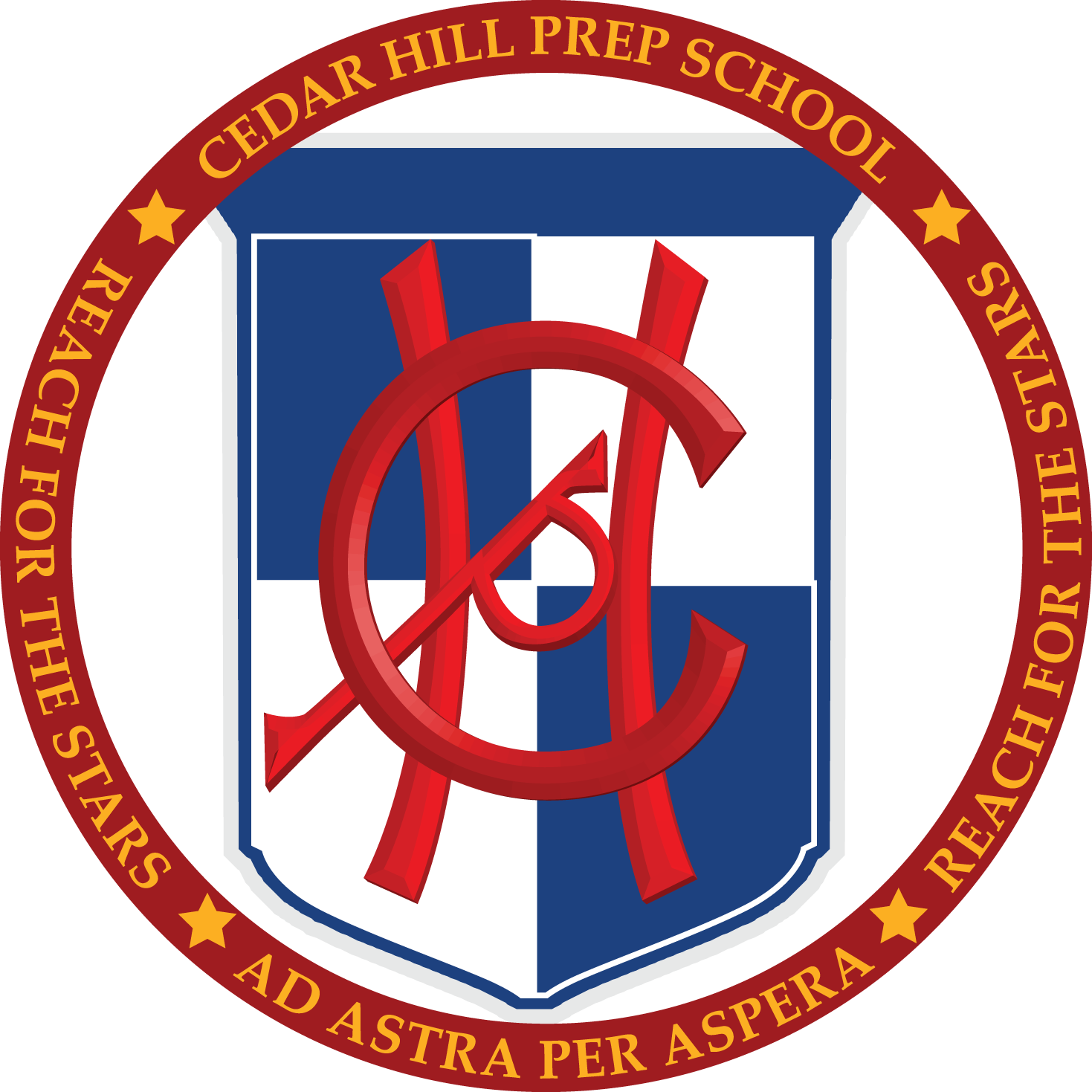Music
Curriculum | Physical Environment | Art | Music | World Language | Physical Education
Music




The music classes use a developmentally appropriate music curriculum that celebrates the importance of music, introduces music’s basic “language”, and nurtures those rhythmic, pattern loving musical seeds that are so naturally planted in a child’s brain. Music stimulates learning, lowers stress, and advances memory, attention, and brain development.
There is a new theme each month. Students use tapping, clacking and rhythm instruments that ring, such as rhythm sticks, one-bell jingles, egg shakers, drums and set it to music in order to improve hand-eye coordination and to strengthen fine motor skills. Storytime is also incorporated into the music classes. Stories during story time are carefully crafted to support the musical concepts that are highlighted in the lessons, while also encouraging the development of early literacy and other skills such as listening, sequencing, empathy, and anticipation. Students gather in a group to sing and play which is a positive way to lower inhibitions, build self-esteem, and foster a sense of belonging. Group learning also helps children develop social skills such as taking turns and cooperation. The curriculum encourages focused listening with music to improve skills in following directions. Music is combined with movement and that creates new learning pathways in the brain.
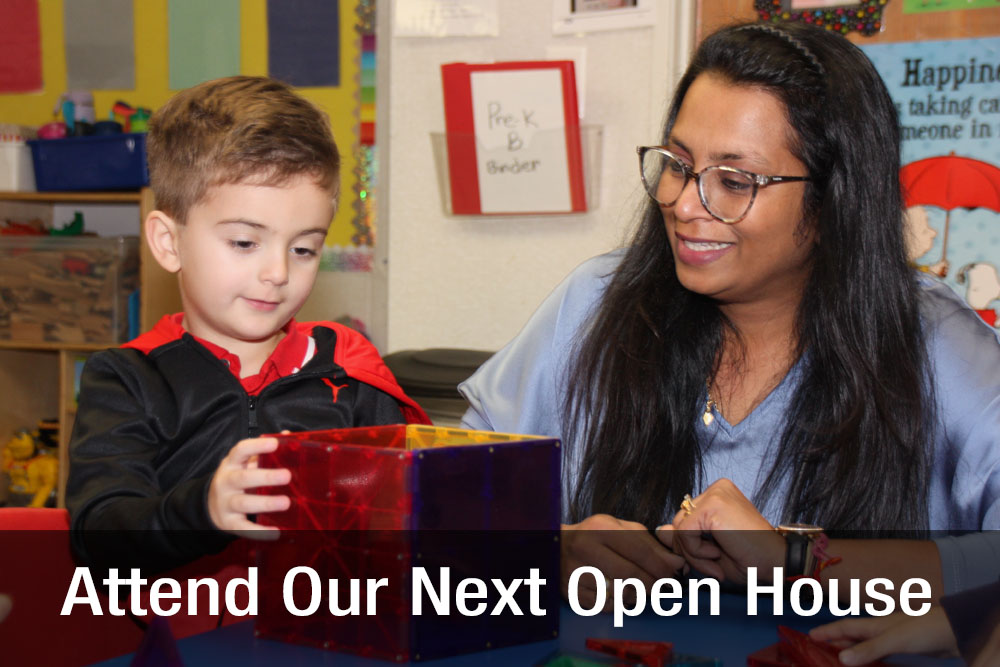
Discover how Cedar Hill Prep can help your child reach their unique potential. Our students are in the top 10 percentile in the United States and our educators are delighted to showcase our offerings. We are currently taking applications and processing enrollment.
2024-2025 School Calendar
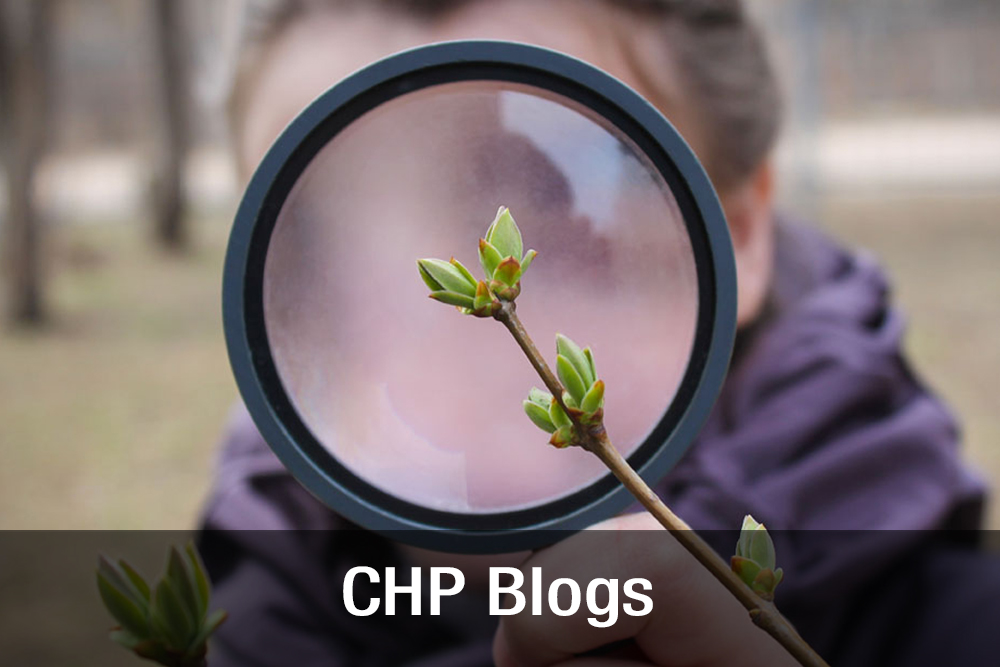
Do you love blogs? Do you like hearing about best education practices and getting parenting tips to support your child’s learning path?
Our faculty and administrative team have an exciting year lined up. If you love blogs and would like to stay connected with our school community, you're in the right place! Look out for news and events that take place at our school right here on our very own blog site!

Distance should never get in the way of education.
Cedar Hill Prep School offers several transportation methods to ensure a Cedar Hill Prep School is always in reach. A plethora of communities can take advantage of these routes, including:
- Princeton
- Franklin Park
- Rocky Hill


